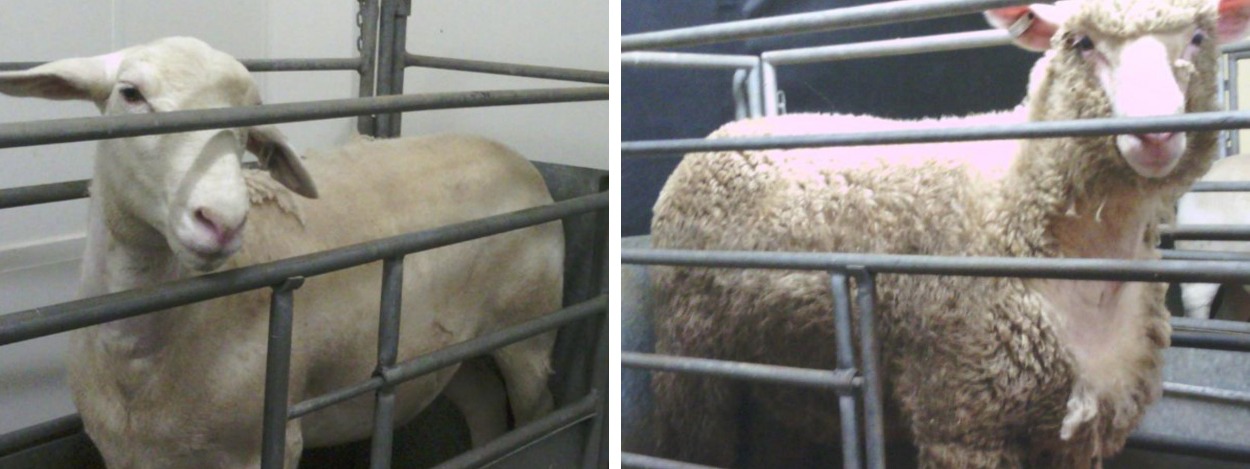

Selecting for thermotolerance in sheep, TropAg
November 10, 2019
The Crawford Fund’s Queensland Committee has again partnered with TropAg2019 to assist 10 young researchers from developing countries attend and present their science at this international conference which will be held in Brisbane from 11-13 November 2019.
Successful candidates were chosen by a selection panel made up of representatives of The Crawford Fund and the TropAg2019 conference organisers, based on submitted abstracts of their research.
In the lead-up to the conference we will be publishing short blog posts written by the young researchers about their work. Here is the final blog.
By Aleena Joy, University of Melbourne
Excessive ambient temperature and humidity can impair both livestock productivity and welfare. Comprehensive approaches allow forecasting and mitigation of the impact of climate change on livestock. The selection of livestock adapted to extreme climatic conditions is one strategy that may sustain livestock production in the future. Certain breeds of sheep and goats are highly adapted to hot environments, with acceptable rates of productivity.
The identification of the genetic traits for higher adaptive capability in extreme environmental conditions (high temperature, feed scarcity, water scarcity) is a promising strategy to mitigate the impact of climate change on small ruminant production. In particular, the relative adaptive capacity of different breeds is a promising area of investigation.
Therefore, we compared the thermotolerance of Dorper and second cross (SC) (Poll Dorset x Merino/Border Leicester) lambs by assessing physiological and biochemical responses.

After acclimatization for two weeks, 4-5-month-old lambs of each breed were exposed to either thermo-neutral (18-21°C, 40-50% RH) or cyclic heat stress (HS) (28°- 40°C; 40-60% RH) for two weeks in climatic chambers. The heat stress involved exposure to temperatures of 38°- 40°C between 0800 and 17.00 h daily; otherwise the temperature was maintained at 28°C. The elevated temperature increased rectal temperature, respiration rate and skin temperature in both breeds (data for 12.00 and 16.00h pooled), but to a lesser extent in Dorper than in SC lambs. Further, heat-stress also increased water intake to a greater extent in SC than in Dorper lambs and reduced food intake in SC lambs but not in Dorper lambs. Significant effects heat stress treatment was also observed in blood creatinine levels, being higher in SC lambs. Among blood electrolytes, Cl-, Na+ and base excess were significantly reduced under heat stress, with no breed differences.
We can see from the result of this study that heat stress significantly influenced the physiological functions of both sheep breeds. Comparatively lower influence of heat stress on thermotolerant indices in Dorper breed points towards the better adaptability of this breed to high environmental temperature. However, more detailed research efforts are required involving large population of these breeds to strengthen the findings of this study.




 0
0